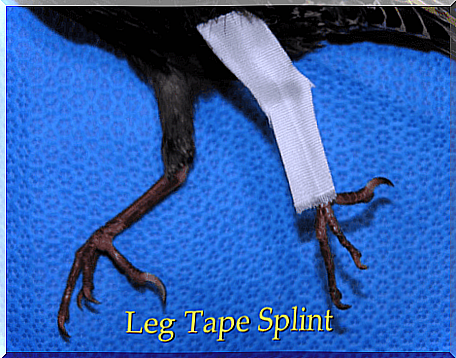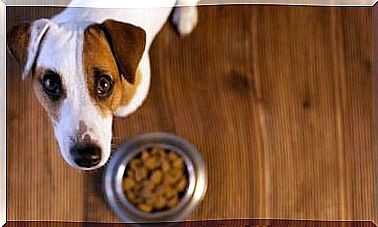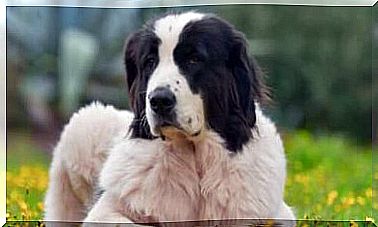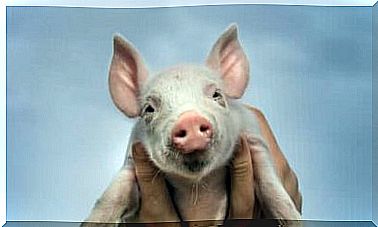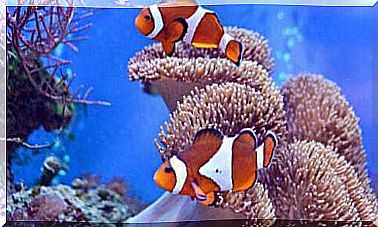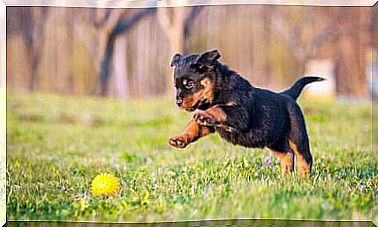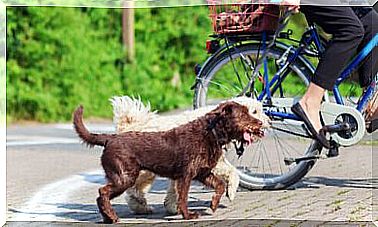Bird Bandages, All You Need To Know

The use of bird bandages is a common practice in veterinary clinics. When treating birds, the use of this therapeutic procedure must be practiced with particular care, since a mistake could forever compromise the animal’s ability to fly.
Read on to find out which bird bandages are most used and under what circumstances they can be useful for treating our bird friends.
Bird bandages: the main techniques
A good bandage must always be comfortable for the animal, therefore firm but not too tight. It will need to be positioned to reduce further stinging and pain on the damaged tissues.
The bandage serves to immobilize the affected area, so it must be designed to avoid unwanted movements. A good bandage will serve to protect surgical wounds, keep them clean and prevent any infections. In addition, it prevents tissue stiffening and acts as thermal insulation.
The bandages also serve to prevent the animal from hurting itself. In the case of birds, it is normal for them to try to peck at necrotic or scarring tissue; in some cases they can come to self-mutilate.
Finally, bird bandages help keep any catheters or patches in place, promoting localized pressure that prevents bleeding or inflammation.
How are bird bandages made?
A good bandage usually consists of three layers:
- A first layer of plaster, in direct contact with the wound. It is used to prevent it from drying out and to promote scarring.
- A second layer of bandages to act as a “cushion” and protect the wound from blows. It absorbs any leaks, acts as a support and immobilizes the area.
- A third layer to support and keep the others fixed. It serves to give the necessary pressure to avoid edema and bleeding.
Before the bandage
After treating the wound, we will make sure we have the materials needed to proceed with the bandage. In order to minimize the stress in the treated animal and take as little time as possible, it is advisable to have two during the whole procedure.
During the bandage
It is not recommended to over tighten the bandage. If you use multiple layers, we will have to make sure that the outermost layer covers the others completely, as the bird will try to pull the threads of the bandage to loosen it, risking to ruin the whole work.
If we are bandaging one extremity, we will need to make sure that the limb to be immobilized is in the right position to avoid subsequent damage to the joints or muscles.
Bird bandages: what to do next
It is recommended to monitor the condition of the bandage and change the bandages as often as required by the type of wound.
In the case of birds, the risk of damaging the feathers necessary for flight or the patagio is particularly high. In any case, physiotherapy will still be needed most of the time to allow the animal to regain normal body functions.
If the animal will be hospitalized for a long time, the use of insulating material is recommended to prevent the actual bandage from becoming stained or wet.
The most useful bandages in bird rescue centers
- Ball Bandage: used for insoles with pododermatitis.
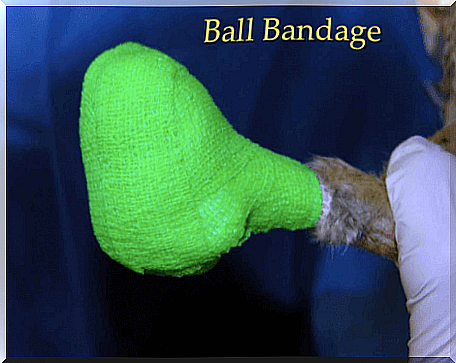
- Interdigital bandage: used for plantar wounds but, leaving the toes uncovered, allows the bird to support the extremity.

- Robert Jones: used for fractures in the distal part of the legs, damage to the hock or for localized wounds in these areas.
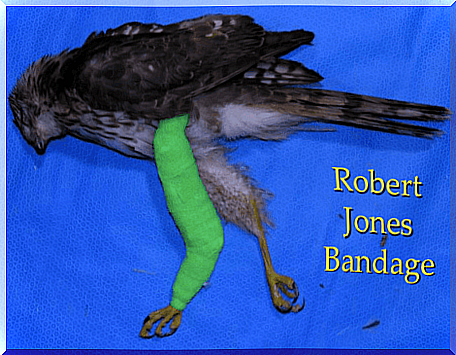
- Bandage 8: for fractures in the wings located beyond the elbow, dislocations of the elbow or carpus and for wounds in these areas. It should not be used for humerus invoices unless it is in addition to a bandage attached to the body to prevent movement of the damaged wing.
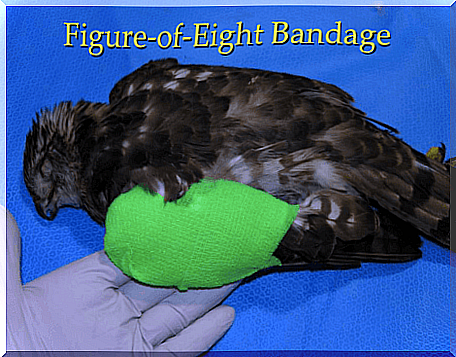
- Bandage of the wing to the body: used for fractures and dislocations of the humerus, bones of the shoulder girdle or in general in the case of a fallen wing for no apparent reason.
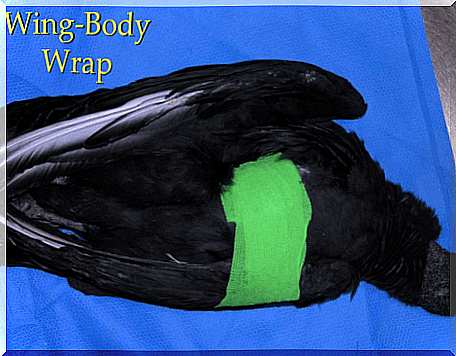
- Plaster: normally indicated for leg fractures in large birds that do not involve the femur.
